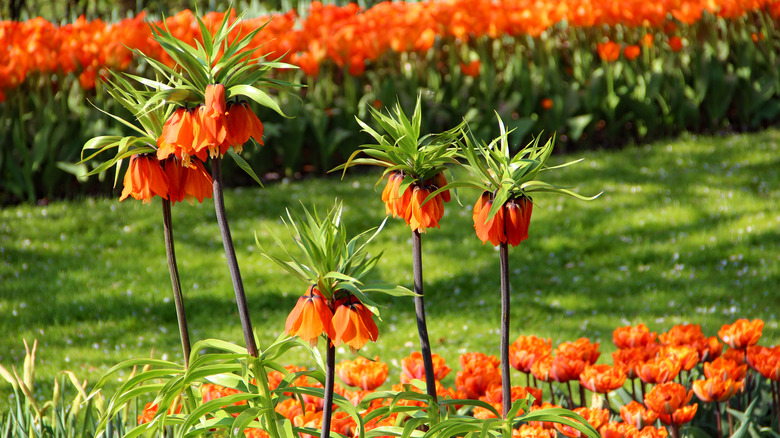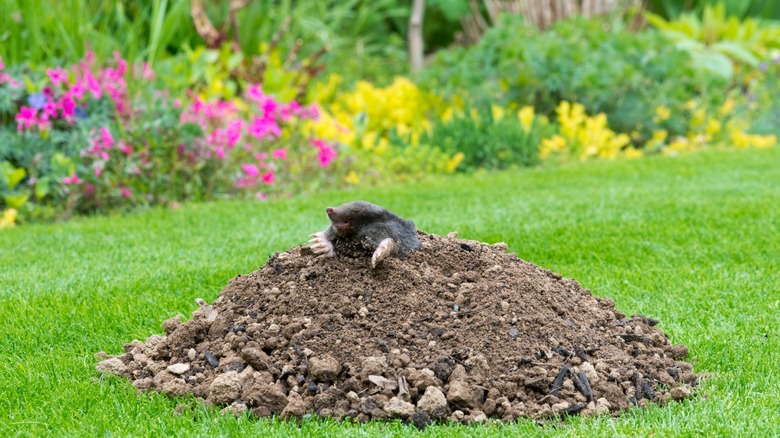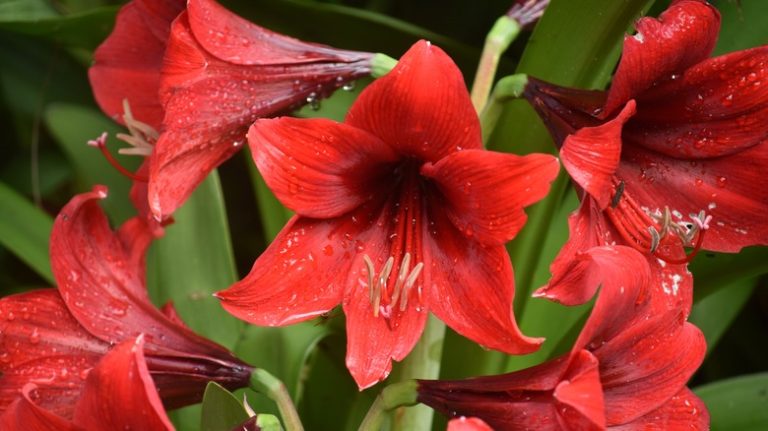Having a garden comes with the expectation of attracting pests and needing to keep them from nibbling on your plants, but there’s one critter in particular that can also wreak havoc on your yard, and that’s a garden mole. Instead of ridding your space of moles with the spreading of certain spices or chemicals, however, one of the most effective ways to banish garden moles is to plant fritillaria, a stunning perennial that thrives in the same kind of nutritious soil moles — and the bugs they feed on — adore, yet deters them with its potent scent.
At first, it would seem moles would be helpful to have around your garden because they feed on a lot of the grubs and insects that can infest and destroy your greenery, but the tunnels that moles dig underground — which can reach as far as 150 new feet each day – will destroy the root systems of whatever you’ve planted. They like loamy soil with lots of insect food sources, but moles will avoid areas planted with bulbs that have toxic tastes and smells, exotic-looking fritillaries included.
Fritillaria is a beautiful garden mole deterrent

If you’re looking for an eye-catching flower for your garden, fritillaria are fantastic. As members of the lily family, they have a distinctive look, with the flowers drooping downward while green “frills” that almost look like outrageous hairstyles, stick straight up above them. Fritillaria also has the added bonus of discouraging moles from taking up residence nearby with their pungent odor that is reminiscent of a fox – a natural predator of the mole whose scent is therefore an excellent deterrent. In some varieties of fritillaria, such as the skunk lily, the aroma of the bulb is said to resemble its namesake, who is also known to prey on moles.
Fritillaria is surprisingly easy to grow, liking sunny or partly sunny spots in moist, well-draining soil, and can be planted in autumn. The bulbs will take root before going dormant and blooming in mid-spring. Simply place the bulbs anywhere from 2 to 6 inches deep and 2 to 12 inches apart, depending on size, then water thoroughly. They can even be planted with smaller flowers that bloom earlier in the spring, such as daffodils, which also deter moles. But while the fritillaria bulbs may be toxic — and should be avoided if you have pets or children digging around in your yard — the flowers attract pollinating bees and butterflies, giving your garden even more beauty and interest.




